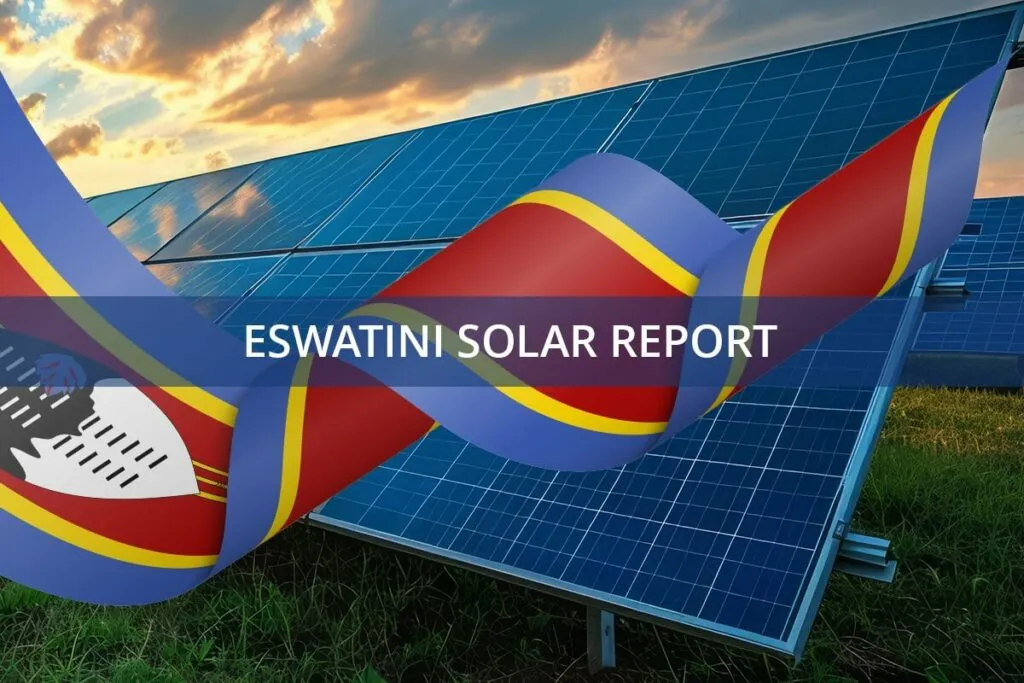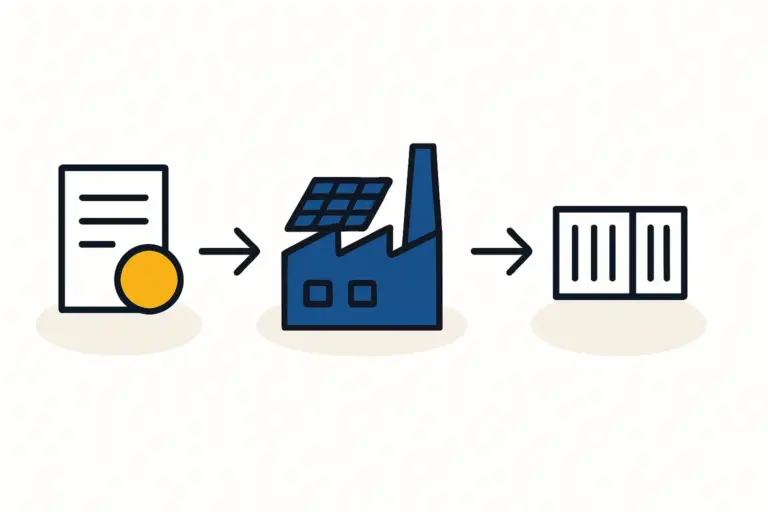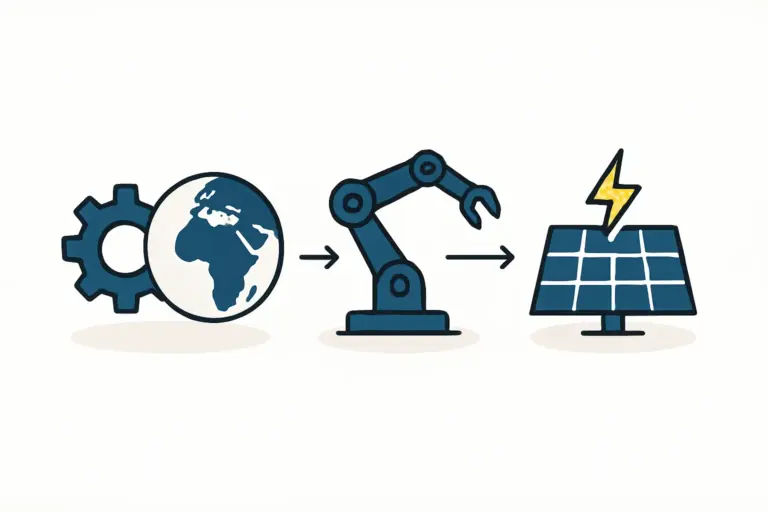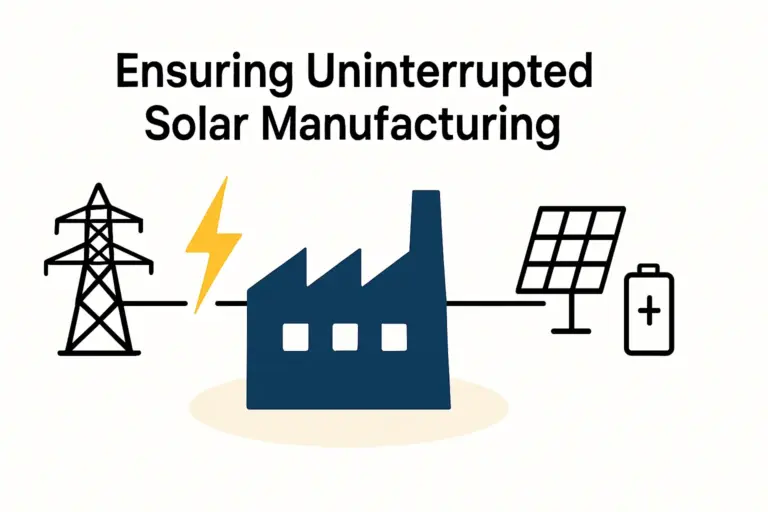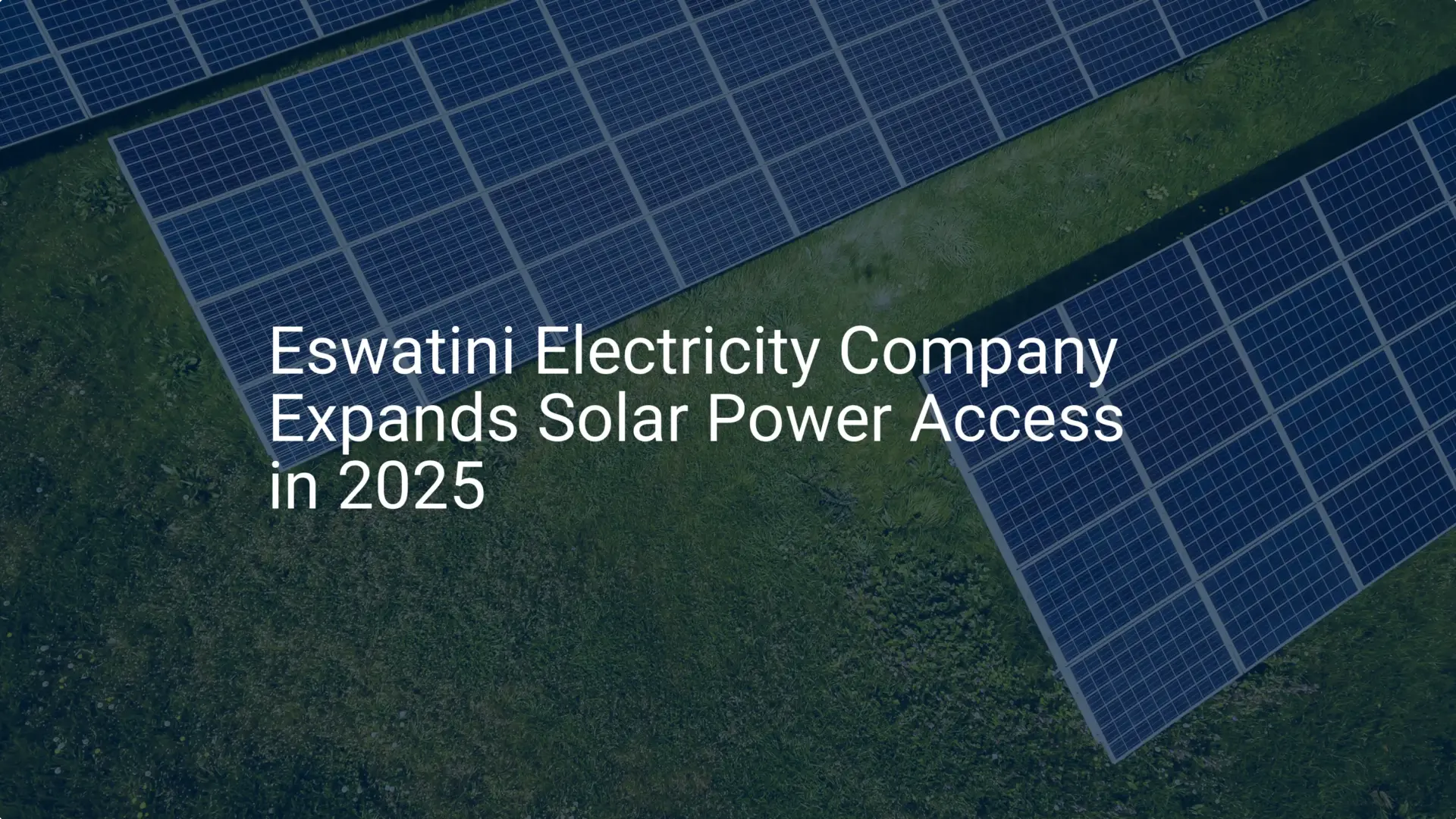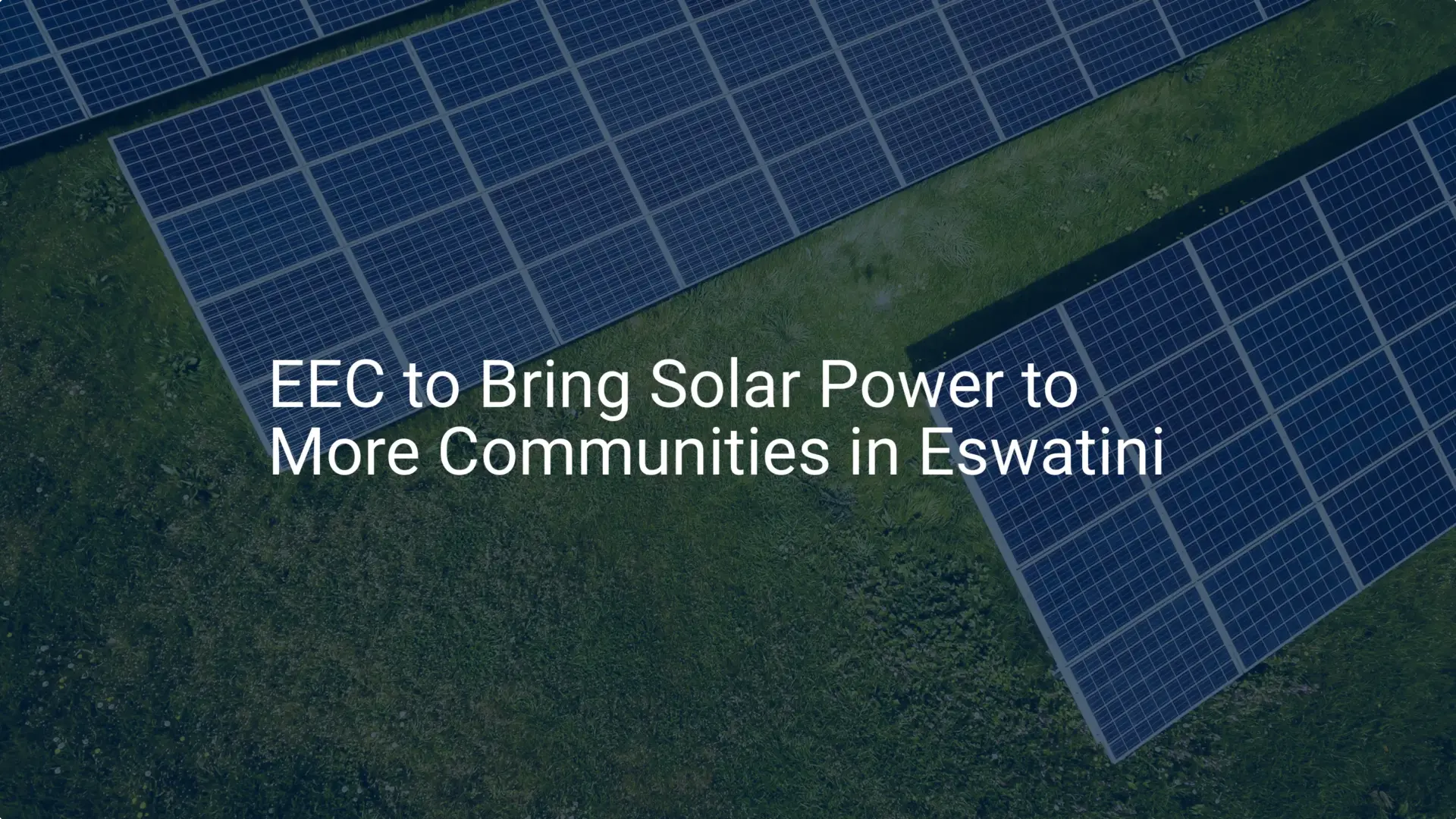An entrepreneur considering a new solar module factory in Southern Africa faces a critical decision: focus on supplying Eswatini’s growing domestic market or leverage the country’s unique position to export to the wider Southern African Development Community (SADC) region. This choice is not merely about market size; it fundamentally shapes the factory’s scale, required certifications, and long-term growth trajectory.
This analysis compares these two primary market entry strategies, outlining the opportunities and challenges of each path to help investors make an informed decision.
The Core Decision: A Focused Domestic Start or a Regional Ambition
For any new manufacturing venture, the initial market focus determines the operational blueprint. The choice between serving Eswatini’s local demand and targeting the SADC region represents a classic business dilemma: depth versus breadth.
The Domestic Focus Strategy:
This approach aligns production capacity with Eswatini’s national energy needs. It prioritizes building a strong local brand, navigating domestic regulations, and becoming a key player in the nation’s transition to renewable energy.
The Regional Export Strategy:
This strategy positions Eswatini as a manufacturing hub for the entire SADC bloc, leveraging tariff-free trade agreements and the country’s logistical advantages to serve a much larger, more diverse market. This path requires a different set of considerations for scale, logistics, and cross-border standards.
Understanding the specifics of each path is the first step toward developing a robust business plan.
Analyzing the Eswatini Domestic Market
At first glance, Eswatini may seem like a small market. However, a closer look at its energy landscape reveals a distinct and promising opportunity for a local manufacturer.
The Opportunity Defined by National Goals
Eswatini’s energy policy creates a predictable and supportive environment for renewable energy investment. The country currently generates around 80% of its power from hydropower, importing the remaining 20% from South Africa’s Eskom and Mozambique’s EDM. This reliance on imports and a single energy source presents a strategic vulnerability the government is actively addressing.
The domestic market opportunity is defined by several key metrics:
-
National Renewable Energy Target: Eswatini’s National Energy Policy aims for 50% of its energy to come from renewable sources by 2030. This government-mandated target creates guaranteed demand for renewable energy projects.
-
Peak Demand: The country’s peak electricity demand is approximately 240 MW. A local solar module manufacturer can play a significant role in supplying the utility-scale and commercial projects designed to meet this demand.
-
Electrification Goals: With electrification at 83% in urban areas and 70% in rural areas, there is a clear need for decentralized solar solutions, such as mini-grids and solar home systems, to bridge the gap.
The Eswatini Energy Regulatory Authority (ESERA) oversees this transition, providing a clear regulatory framework for independent power producers and creating a stable environment for investment. A local manufacturer is well-positioned to become a preferred supplier for these nationally significant projects.
Advantages of a Domestic Focus
-
Simpler Logistics: A domestic focus eliminates cross-border transport, customs, and currency exchange complexities.
-
Stronger Government Relations: A local manufacturer contributing to national energy security is likely to receive significant support from government bodies.
-
Focused Brand Building: It is easier to establish a dominant brand and a reputation for quality within a smaller, contained market.
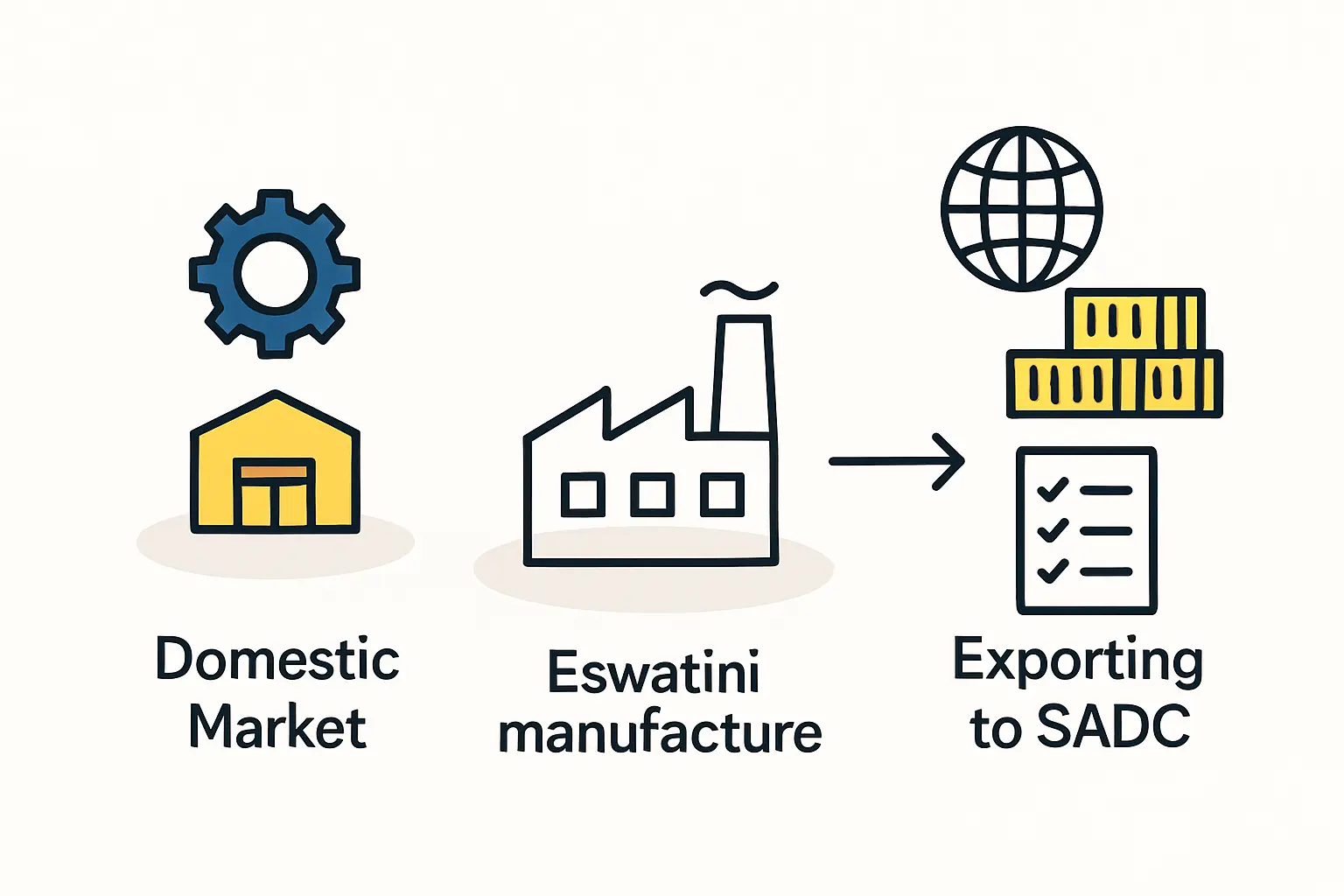
Exploring the SADC Regional Opportunity
While the domestic market offers stability, the SADC region presents an opportunity for exponential growth. Eswatini’s membership in this economic bloc is its single greatest asset for an export-oriented business.
A Market of 345 Million People
The Southern African Development Community is an economic bloc of 16 member states. Because Eswatini is a member, a manufacturer based there can sell products across the region with significant advantages.
The primary benefit is the SADC Trade Protocol, which allows for tariff-free trade among member states. This means modules produced in Eswatini can be sold in South Africa, Botswana, Zambia, or Angola without incurring the import duties that would apply to modules from China or Europe.
Tapping into Regional Energy Deficits
The SADC region as a whole faces a significant energy deficit. Many countries rely heavily on aging power infrastructure and are actively seeking to diversify their energy mix with solar power. Eswatini’s central location and well-maintained road infrastructure make it an ideal logistical hub for supplying these growing markets. The potential scale is orders of magnitude larger than what Eswatini’s domestic market alone can offer.
Challenges of a Regional Strategy
-
Competition: The larger regional market includes established players, particularly in South Africa. A new entrant must compete on price, quality, and service.
-
Local Content Requirements: Some countries, notably South Africa, have policies that incentivize or require the use of locally manufactured components. While modules from Eswatini are SADC-originated, they may not satisfy specific “Made in South Africa” requirements for certain government tenders.
-
Varying Standards: Each country may have slightly different certification and technical standards, requiring a more complex compliance strategy.
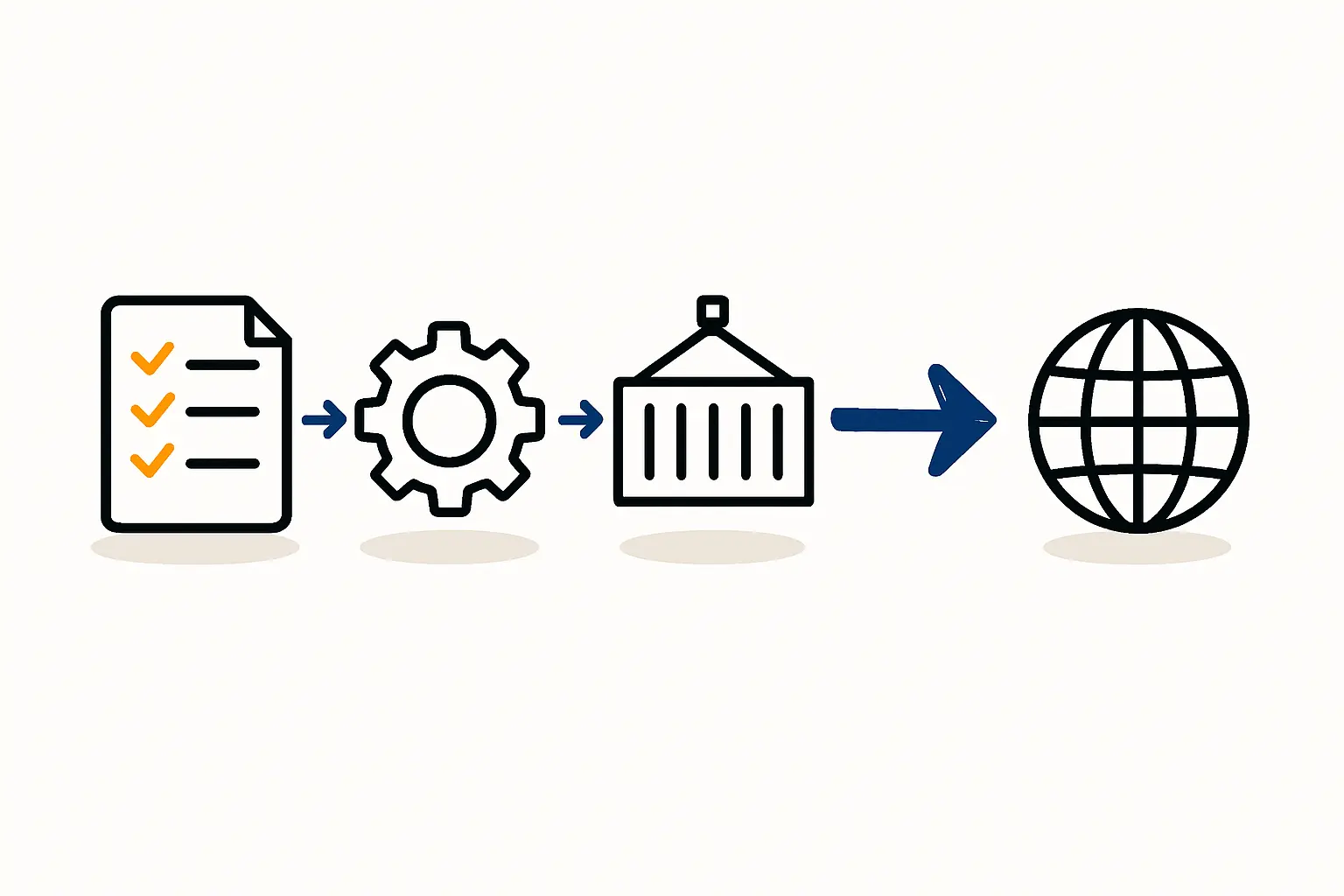
Strategic Considerations for Decision-Making
The optimal strategy isn’t necessarily an “either/or” choice. Many successful ventures adopt a phased approach, establishing a strong base in the domestic market before using that foundation to expand into export markets.
When evaluating the required investment requirements, an entrepreneur must consider the scale needed for each strategy. A factory sized for the SADC market will require a larger initial setup. Experience with turnkey projects shows that a flexible turnkey production line allows for scaling production as the business expands from a domestic to a regional focus.
A summary of the key factors to consider includes:
| Factor | Domestic Focus (Eswatini) | Regional Focus (SADC) |
|---|---|---|
| Market Size | Defined and predictable (approx. 240 MW peak) | Vast and diverse (approx. 345 million people) |
| Competition | Lower; opportunity to be a market leader | Higher; requires a strong competitive strategy |
| Logistics | Simple; contained within national borders | Complex; involves cross-border transport and customs |
| Regulatory | Single framework (ESERA) | Multiple national frameworks and standards |
| Growth Potential | Stable, tied to national development | High, but with greater risk and complexity |

Frequently Asked Questions (FAQ)
What is SADC and why is it important for trade?
SADC stands for the Southern African Development Community. It is a regional economic community whose goal is to promote socio-economic cooperation and integration among its 16 member states. For a manufacturer in Eswatini, its most important feature is the SADC Trade Protocol, which allows for duty-free movement of goods produced within the member countries.
Is Eswatini’s domestic market large enough to sustain a solar panel factory?
Yes, for a strategically sized operation. While total demand is smaller than in larger neighboring countries, the government’s commitment to achieving 50% renewable energy by 2030 creates a sustained and predictable demand pipeline. A factory producing 20-50 MW per year, for instance, can be a profitable venture serving the country’s utility, commercial, and residential projects.
What are “local content requirements” and how do they affect an Eswatini exporter?
Local content requirements are policies used by governments to encourage domestic manufacturing. For example, a government tender for a solar farm in South Africa might require that a certain percentage of the project’s components, including solar modules, be manufactured in South Africa. While modules from Eswatini benefit from SADC’s tariff-free status, they would not count as “South African local content,” which could be a disadvantage for certain projects.
How does Eswatini’s infrastructure support an export strategy?
Eswatini has a well-regarded road network and is strategically located with direct road access to the major markets of South Africa and Mozambique. This geographic advantage reduces transportation time and costs compared to sourcing modules from overseas, making it an efficient hub for regional distribution.
Conclusion: Building a Strategy for Success
The decision to focus on Eswatini’s domestic market or the broader SADC region depends on the investor’s risk appetite, capital resources, and long-term vision.
The domestic market offers a lower-risk entry point with a clear, policy-driven demand stream. It allows a new manufacturer to build a brand, refine processes, and establish a stable foundation.
The SADC export market presents a far larger prize, offering the potential for significant scale and growth. This path requires greater initial investment and a more sophisticated strategy to navigate competition and cross-border complexities.
A prudent approach often involves a phased strategy: dominate the domestic market first, then leverage that success and operational expertise to expand into neighboring SADC countries. Whichever path is chosen, a thorough analysis and a well-structured business plan are essential for success in this promising region.

